15 Diet Tips for People with Type 2 Diabetes
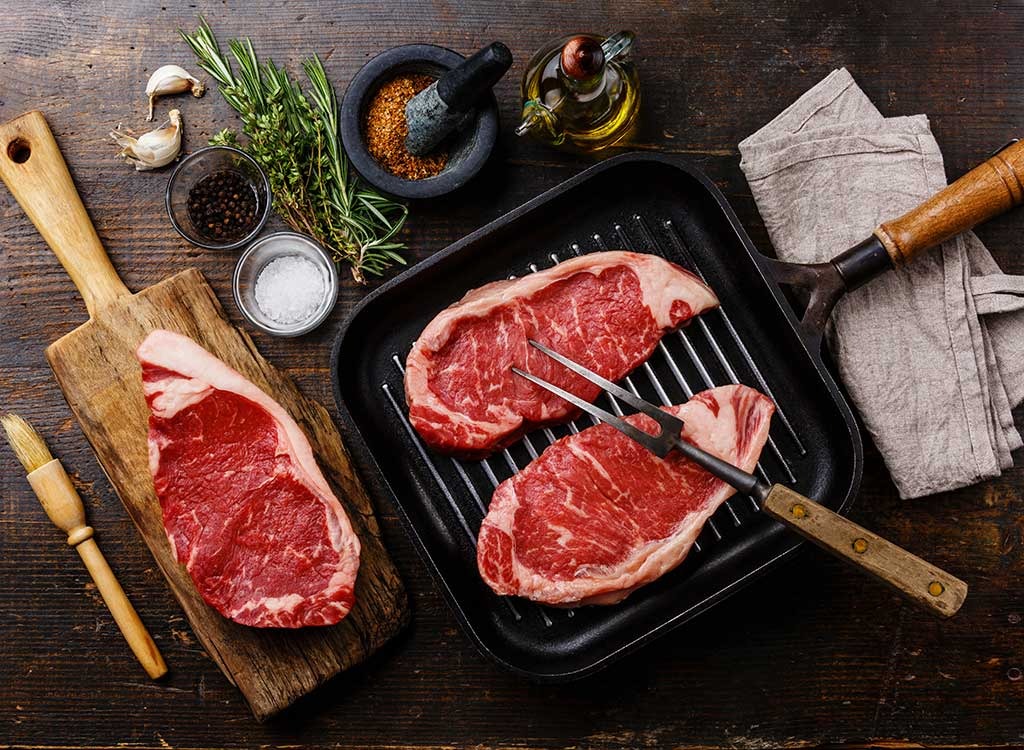
If you have Type 2 diabetes, your doctors have likely advised you to watch your sugar levels and carb intake. But there are other ways to keep your blood glucose, or sugar, levels in check as well.
Some 90-95 percent of all diabetes cases in the United States are Type II. In fact, statistics say that 1 in 8 Americans are diagnosed with it. It’s time to get this disease under control.
Reduce Your Portion Sizes
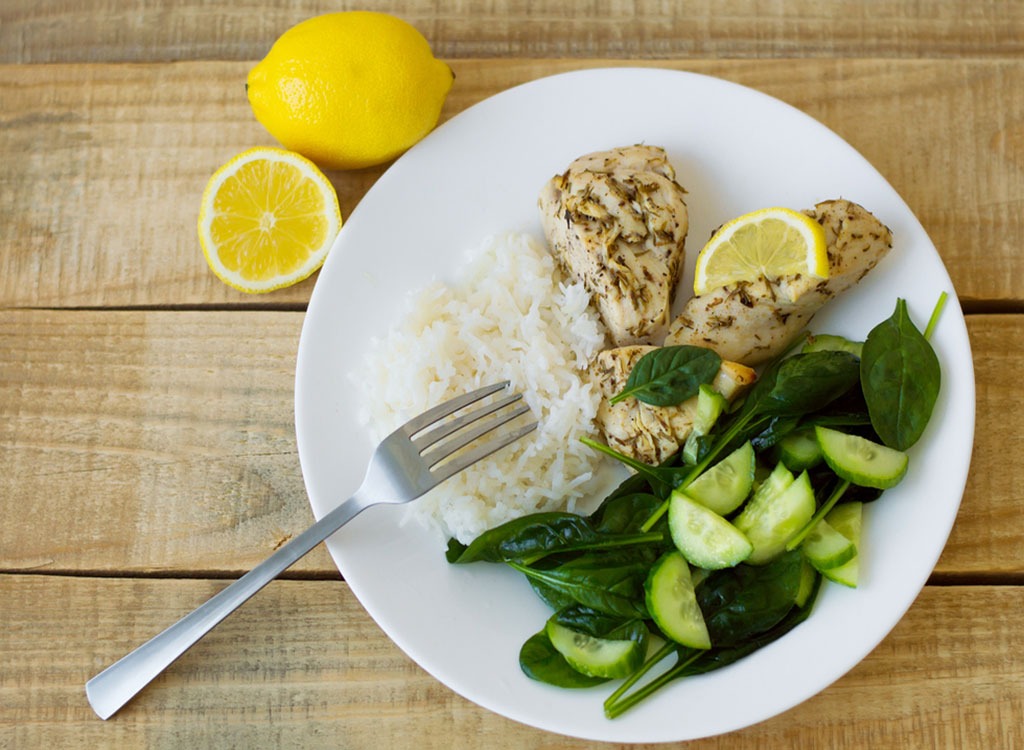
Ah, a simple pro-tip! It is crucial to reduce your portion sizes in order to keep your blood levels at a happy balance. Think about it this way: If you eat too much at once (particularly a dish high in carbs) your blood sugar may spike which will put you in a hyperglycemic state. Not ideal! Conversely, if you eat too little, your body may go into a hypoglycemic state, which means you don’t have enough blood sugar. So where’s the happy medium? Make sure to eat three solid meals per day with lunch and dinner looking something like this: ½ of the plate should include non-starchy vegetables and fruit, ¼ grains, and ¼ protein. For breakfast, kickstart the day with a bowl of oatmeal and a ¼ cup of berries for a boost in antioxidants.
Limit Your Protein Intake
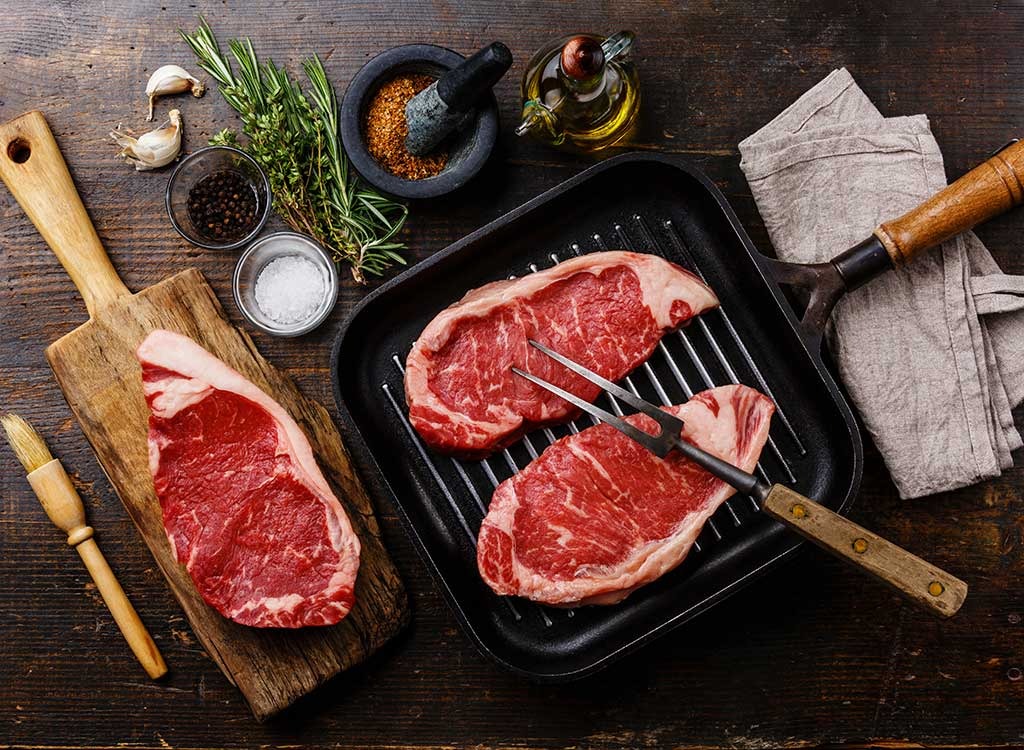
When you have Type 2 diabetes, it’s very important to moderate your consumption of protein because you want to reduce the risk of developing a particular microvascular issue called nephropathy. Nephropathy is scientific lingo for kidney damage or kidney disease, and a diet that’s moderate to low in protein helps avoid the onset of these issues. A diet low in protein doesn’t stress the kidneys nearly as much as one that’s high in protein does. Stick to one 3-4 ounce serving of meat per day at most to promote the longevity of your kidneys!
Reduce Sugar Intake

This is pretty obvious, but it’s essential to at least mention. We’re not going to tell you to eat a certain number of grams of sugar per day because, honestly, that’s a bit unrealistic. However, something that is realistic is the fact that you can control how much added sugar you put into your body. Limit yourself to a maximum of one sugary treat a day—two or three squares of dark chocolate would absolutely suffice. This way you still get to quench that sweet tooth without over-indulging and causing your blood sugar levels to skyrocket!
Start Counting Carbs

Low carb this, low carb that. Are you sick of hearing it? Well, think about it this way, you can count carbs by calculating carb choices. One serving of carbs, or one carb choice, is equivalent to 15 grams carbs. Women should aim to have 3-4 carb choices for lunch and for dinner, which is somewhere between 45-60 grams of carbs per meal. Men, on the other hand, should have 4-5 carb choices per lunch and dinner, which yields 60-75 grams of carbs. For breakfast and snacks, stick to 1-2 choices per meal. You’re probably wondering how you even go about counting carbs, and lucky for you numbers 8 and 9 in this article will help you do just that! Keep reading for some helpful tools.
Monitor Your Blood Glucose
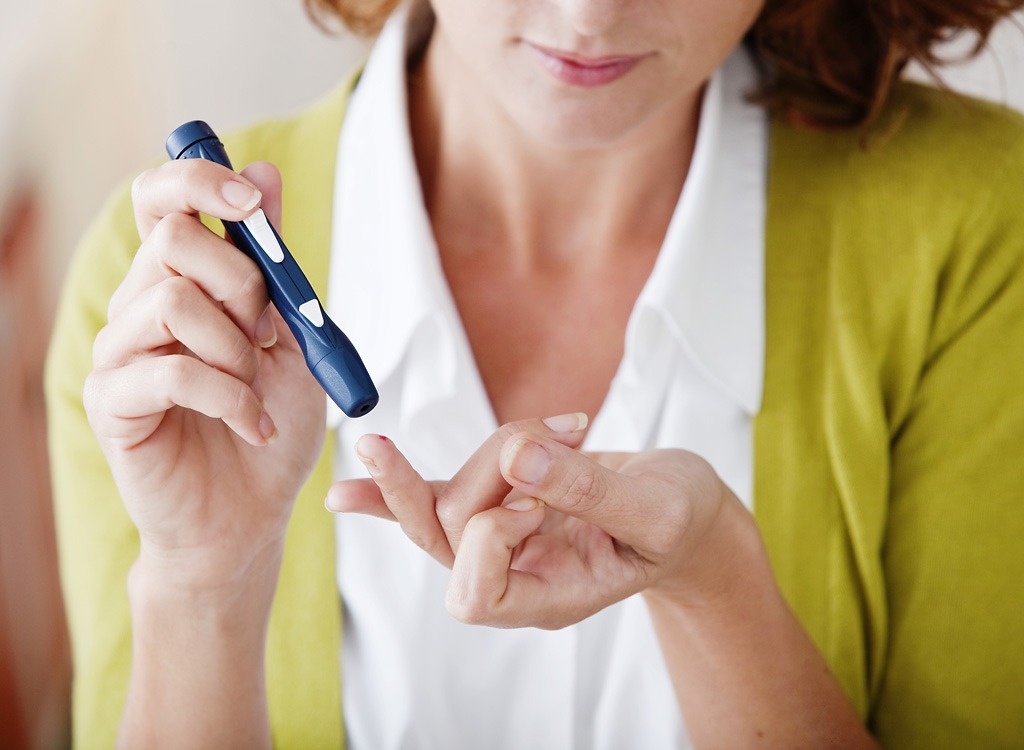
Acquiring a blood glucose meter, a lancet device with lancets, and test strips are key to making sure your blood glucose levels are at a stable range. For example, before meals your blood glucose levels should be 95 mg/dL or lower. One hour after eating, your levels should be at 130 mg/dL or lower and two hours after eating your levels should be at 120 mg/dL or lower. A good time to check your blood sugar would be when you have an a heightened feeling of thirst, headache, difficulty paying attention, or feel weak and fatigued. However, you’ll want to get an idea on where your body’s levels are at specific times throughout the day, so you know what to expect when you prick your finger. For five days, try taking your blood glucose levels three times a day at either one of the following times: before breakfast, before lunch/dinner, two hours after a meal, before intense exercise, when you are not feeling well, and before bed. Make sure to record in a journal so you can have these numbers for reference!
Learn About Glycemic Index
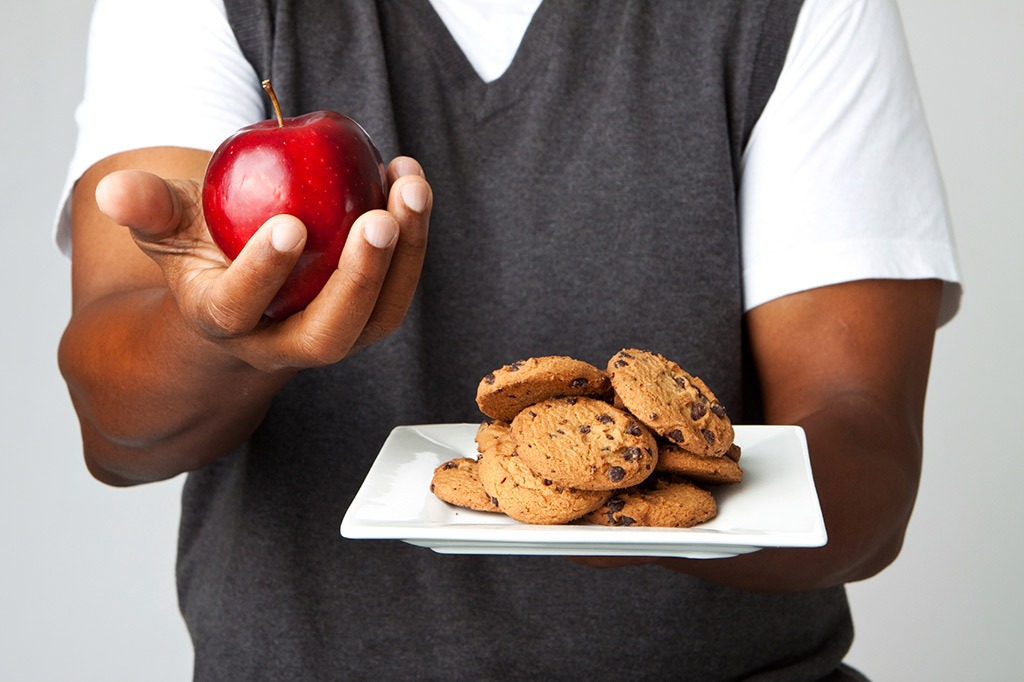
This is super important! Glycemic index is a system that ranks foods on a scale from 1 to 100 based on the impact they have on blood sugar levels. Foods that are low in glycemic index are the ones you want to have comprising a majority of your diet! Fill up on non-starchy veggies like broccoli, kale, spinach, and just about any leafy green or fruit you can think of and limit your intake of things like potatoes, meat, and dairy products. Make sure to steer clear of high glycemic index foods like white breads, white rice, and soda. Read up on 30 Salad Recipes for Weight Loss for some low glycemic meals that are delicious and extremely nutritious!
Exercise

Whether you prefer aerobic exercises like walking, jogging, swimming and biking or anaerobic exercises like lifting and interval circuits, both will help you manage your Type 2 diabetes. Why? When your muscles require glucose (blood sugar), they contract and push that glucose out of your blood and into your cells. As a result, this helps balance your blood glucose levels. So slip on a pair of sneakers and hit the trail or gym!
Download This App

Of course there’s an app to help you monitor your blood glucose levels! Sugar Sense is an awesome app that you can download for free on your smartphone that will help you keep track of your blood glucose levels, carb count, monitor your weight, and more. Download ASAP for immediate relief!
Visit This Website

Cronometer is another excellent online tool that enables you to record meals, log exercise and biometrics, and more. Sign up for free!
Join a Support Group

No scientific study is needed to stress how vital it is to talk to other people who are also enduring similar struggles. Hop online and see what groups you can join in your area, you may even meet new friends, workout buddies and dinner pals who understand what you’re going through. You are strong and you deserve to have people to vent to and bounce ideas off!
Reduce Stress

Did you know that stress can actually elevate your blood glucose levels? Keep your mind quiet and free of stress by taking a break at work and going for a walk and engaging in some deep breathing. Your health is your number one priority, updating that excel sheet or balancing that checkbook can wait!
Practice Yoga

This goes hand-in-hand with reducing stress. Inhaling positive energy and exhaling negative energy including, worries, stress, and feelings of sadness and fueling that breath through movement is incredibly beneficial to the mind and body. Keep those blood glucose levels at bay with these 12 Inspiring Yoga Mantras to Change Your Life.
Do Not Eat Fast Food

Drop that McDonald’s breakfast McMuffin because you’re on the one-way road to better health! In a 15-year study consisting of 3,000 adults, it was found that those who ate fast food more than twice a week developed insulin resistance at twice the rate than those who didn’t consume fast food. And for those with diabetes, eating highly processed, refined food can increase the risk of developing those dangerous complications previously mentioned.
Avoid Artificial Sweeteners
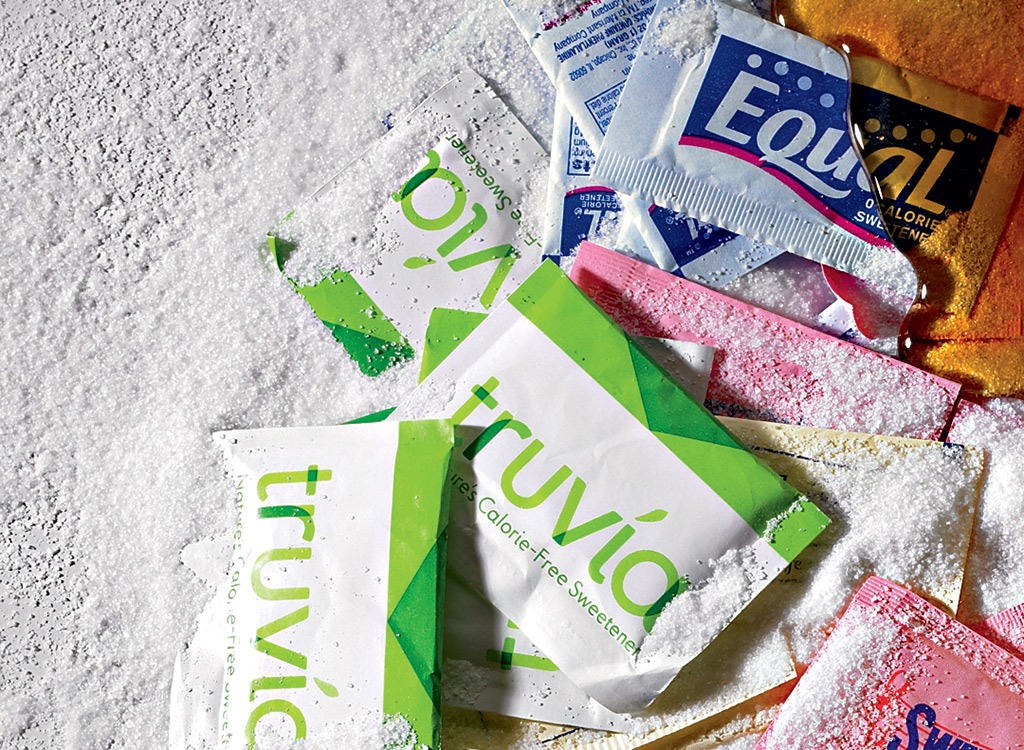
Contrary to popular belief, these fake sweeteners, called non-nutritive sweeteners or NNS, are not healthy for people with diabetes to consume. According to a study conducted by Harvard’s School of Public Health, consuming artificially sweetened drinks contributed to a 47 percent increase in BMI. The study finished in 2013 after monitoring 3,682 individuals for 7-8 years. So why would this happen if these sweeteners do not even contain regular table sugar (sucrose) which is thought to be the one of the leading causes of visceral fat, obesity, and Type 2 diabetes? The answer is quite simple, artificial sweeteners are anywhere from 180-20,000 times sweeter than table sugar. Frequent consumption can cause an alteration in your taste buds, which makes vegetables and even fruits taste more bitter than they actually are. This causes you to neglect those foods and go after foods that satisfy that desire for sweetness. Yikes! Read up on Every Popular Added Sweetener—Ranked! to see which ones you should stay away from (hint, there are six that are approved by the FDA).
Shed a Few Pounds!

With all of these factors, it’s no doubt that you will lose a couple of pounds. Shedding just 10-15 pounds can significantly help balance your blood glucose levels, so get off the couch and get cracking because there’s no time to waste. And to keep your weight in check, don’t miss these 10 Steps to Lose 10 Pounds Fast!